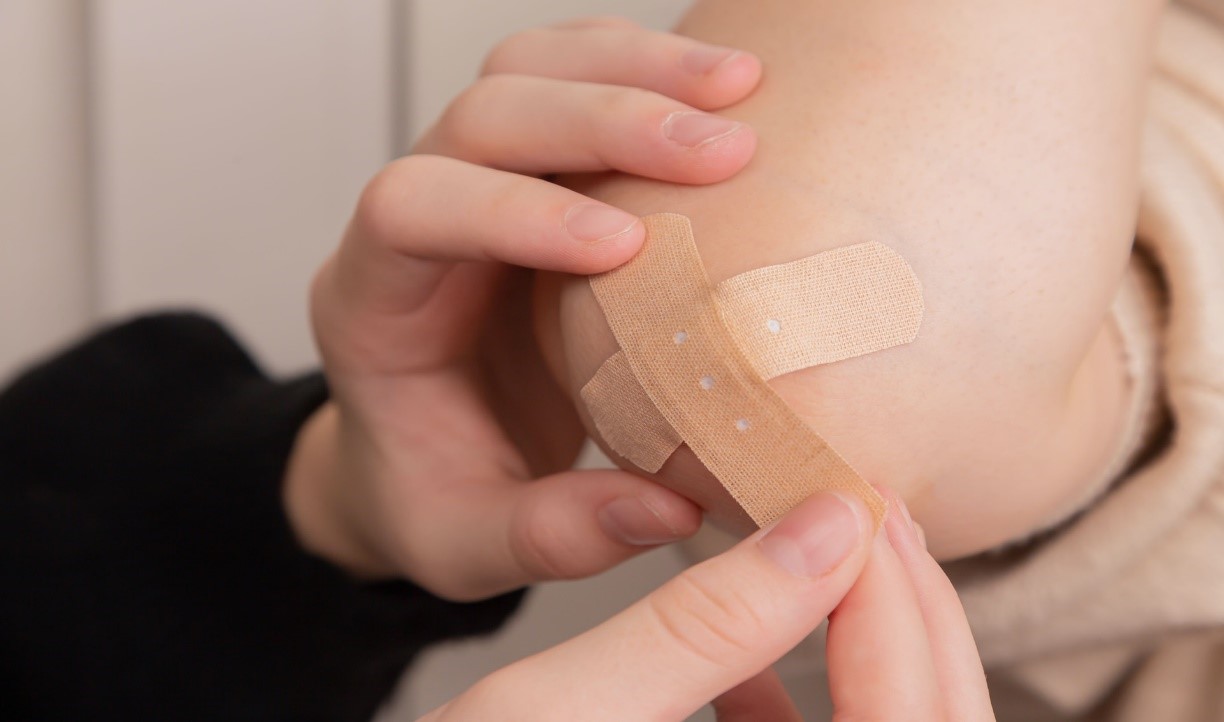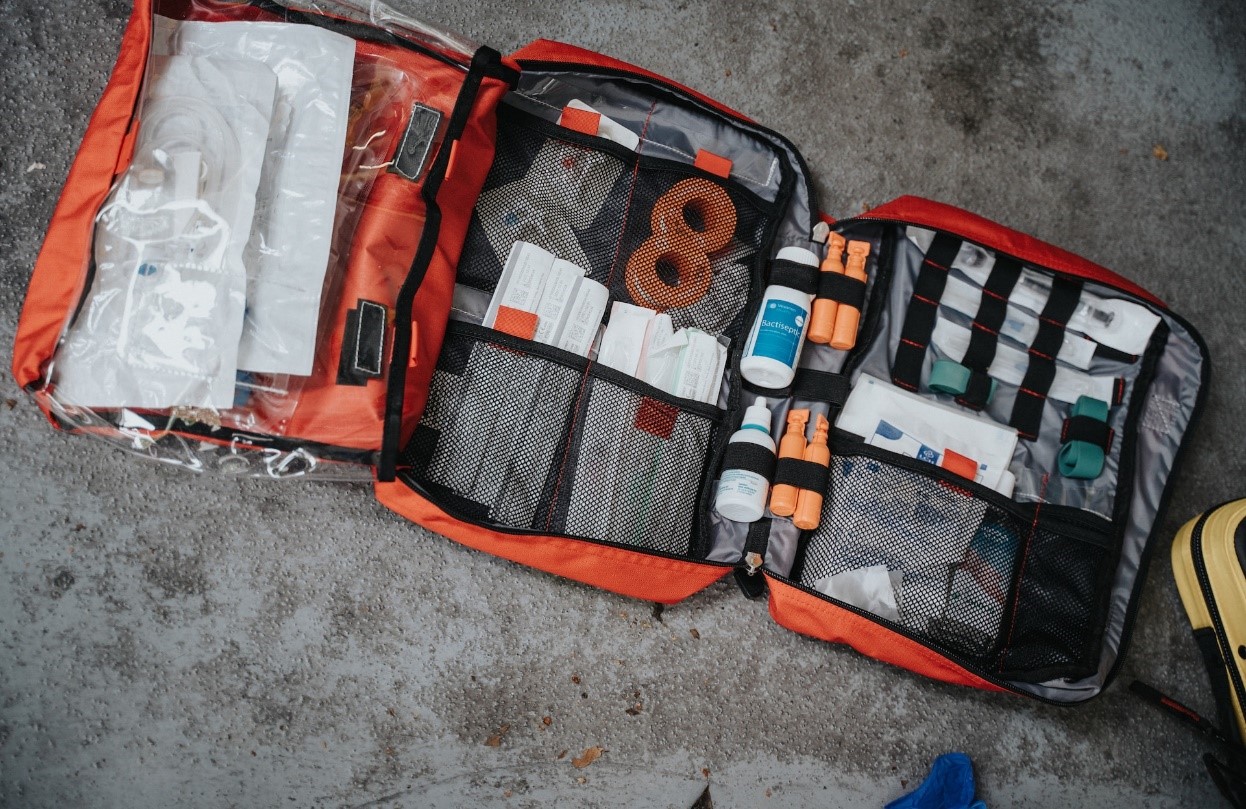Medical Emergencies

Figure 1. Choking.
Figure 1 shows choking. Welcome to the third part of our First Aid 101 series. In this segment, we'll cover how to respond to specific medical emergencies and provide immediate care.
Step 7: Choking
Choking occurs when the airway is blocked by a foreign object. Here's what you can do:
Conscious Victim: If the person is coughing forcefully, encourage them to keep coughing. If they can't breathe or cough, perform the Heimlich maneuver:
- Stand behind the person and place a fist just above their navel.
- Grasp your fist with your other hand and give quick inward and upward thrusts until the object is expelled.
Unconscious Victim: If the person becomes unconscious, lower them to the ground and start CPR if you're trained. [1]
Step 8: Seizures
Seizures can be frightening, but your assistance can make a difference:
Protect the Person: Clear the area around the person to prevent injury. Place them on their side to maintain an open airway and protect their head.
Timing: Note the time the seizure starts and ends. If the seizure lasts longer than 5 minutes, call for medical help.
Comfort and Reassurance: Stay with the person, offer comfort, and reassure them when they regain consciousness. Do not put anything in their mouth.
Step 9: Allergic Reactions
Allergic reactions can range from mild to severe (anaphylaxis). Here's how to respond:
Mild Allergic Reaction: If the person has mild symptoms like itching or hives, help them take their prescribed antihistamine if available.
Anaphylaxis (Severe Allergic Reaction):
- Administer Epinephrine: If the person has an epinephrine auto-injector, help them use it. Inject into the outer thigh.
- Call for Help: Dial emergency services (911 or your local number) immediately.
- CPR and AED: If the person becomes unresponsive and isn't breathing, start CPR and use an automated external defibrillator (AED) if available. [2]
Step 10: Heart Attack and Stroke
Recognizing the signs of a heart attack or stroke can be life-saving:
Heart Attack:
- Signs: Chest pain, discomfort, pain radiating to arm/jaw, shortness of breath, sweating.
- Call 911: If you suspect a heart attack, call emergency services immediately.
Stroke:
- Signs: Sudden numbness or weakness in the face, arm, or leg; confusion; trouble speaking; trouble seeing; dizziness; severe headache.
- FAST: Remember FAST - Face drooping, Arm weakness, Speech difficulty, Time to call 911.
Remember, providing prompt assistance in these medical emergencies can significantly improve outcomes. In the next part of our series, we'll focus on how to handle environmental emergencies, including hypothermia, heat stroke, and dehydration.
References:
- https://nhcps.com/lesson/cpr-first-aid-aed-choking-adults/
- https://nhcps.com/lesson/cpr-first-aid-medical-problems-encountered/
Cite this article:
Hana M (2023), First Aid 101, AnaTechmaz, pp.3





